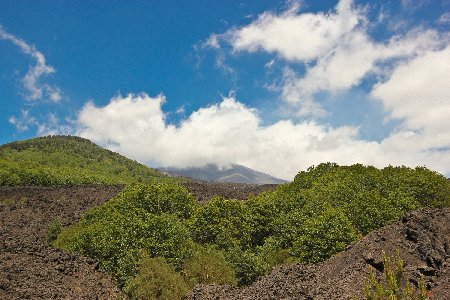 |
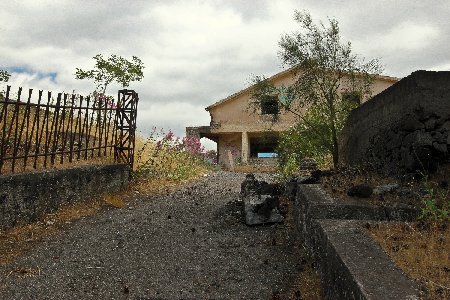 |
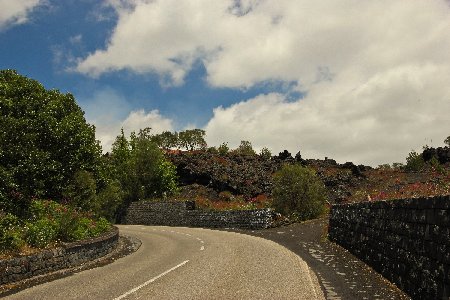 |
|
On the way up the long
and winding road to the cable car station just below the summit of
Etna.
|
The first of several
houses destroyed by lava just a few hundred yards out of the last
village on the way up.
|
The road
actually cuts through the lava flows in places.
|
 |
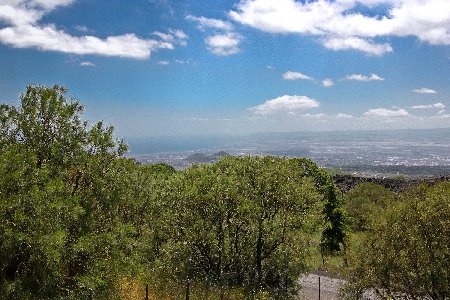 |
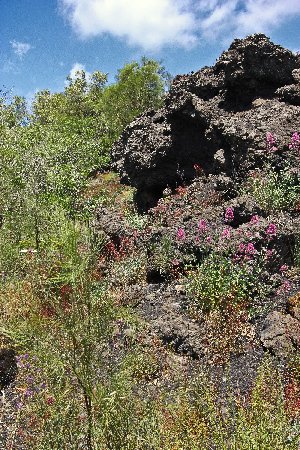 |
Here's TJ in
our hire car!
|
Looking back down the
mountain towards Catania. Mid shot you can see three of at least
sixteen secondary eruption cones which we counted. There are
actually many more.
|
Solidified
lava at the side of the road.
|
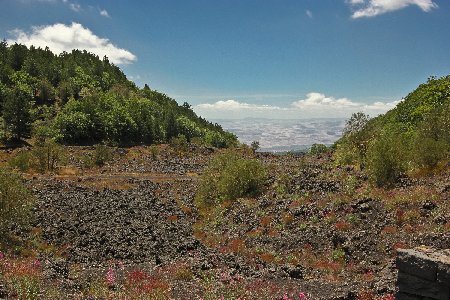 |
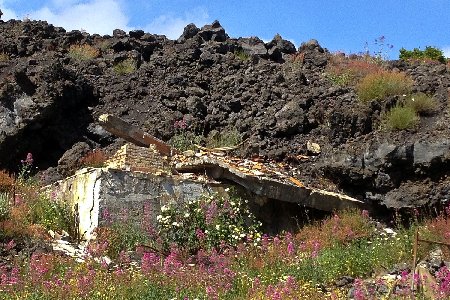 |
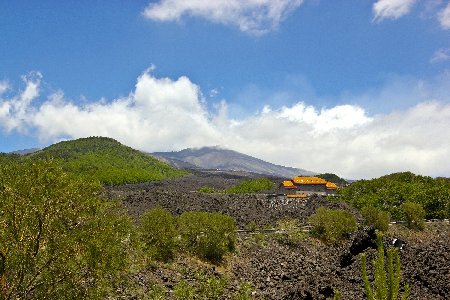 |
The Valle
del Bove is where the where the lava was diverted to by explosives
and excavation during the 1992/3 eruption.
|
10 metres of lava on your
roof - not a nice thought!
|
The active cone area is
still a long way up yet.
|
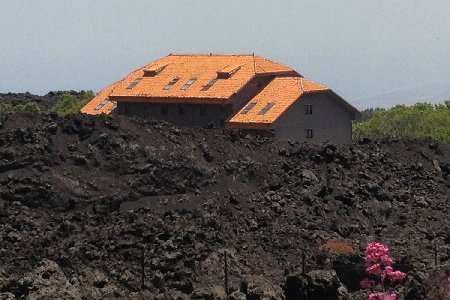 |
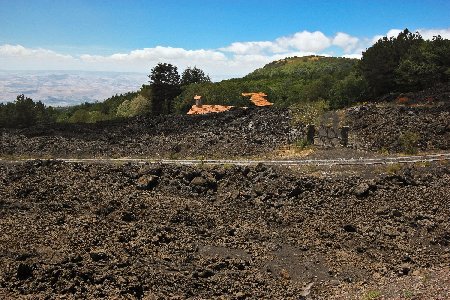 |
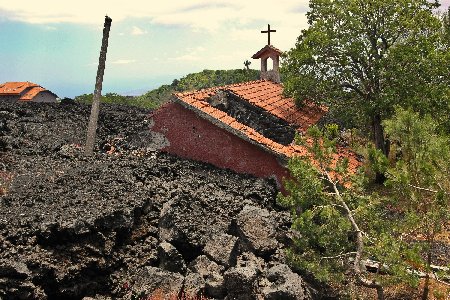 |
You'd think
they'd learn wouldn't you!
|
We stopped
to explore this old church.
|
Surprisingly the lava
appears to have flowed around the building enveloping it rather than
crushing it.
|
 |
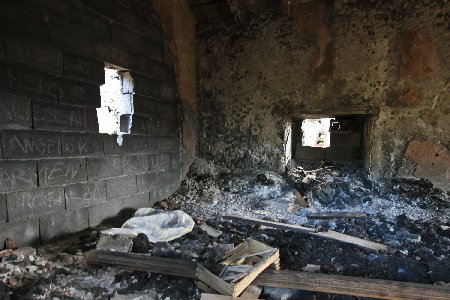 |
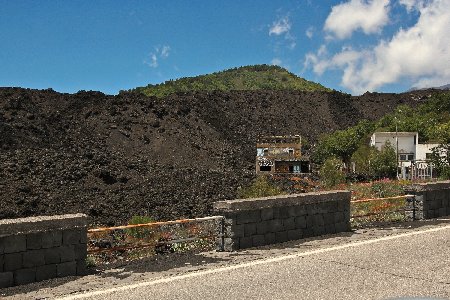 |
The little
church did not fair well.
|
Anything
inside the building was incinerated.
|
Onwards and we soon
reach another home with a towering precipice of solidified
lava hard up against the back wall.
|
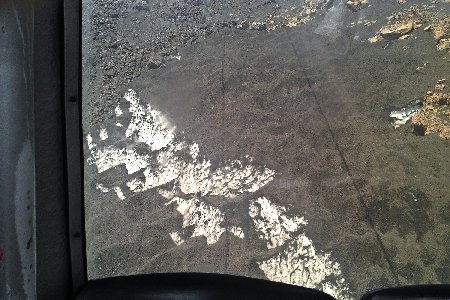 |
 |
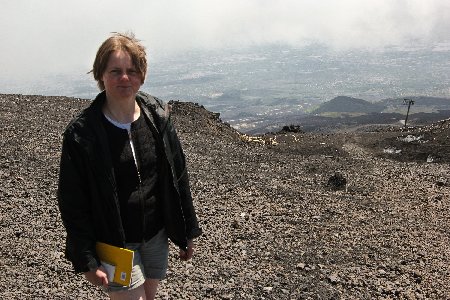 |
On the cable
car now - beneath us is snow.
|
We are only
a few hundred metres below the crater rims here.
|
TJ on a
volcano!
|
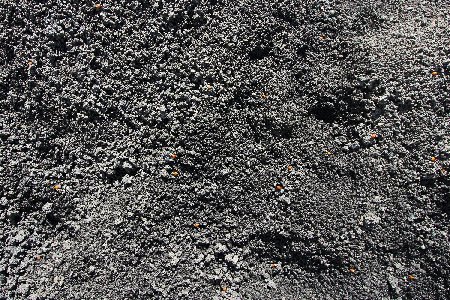 |
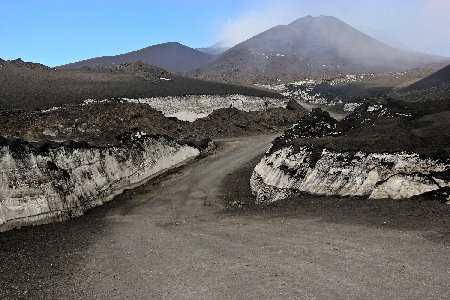 |
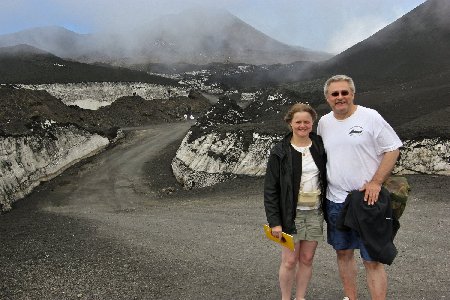 |
Ladybirds
- dozens of 'em everywhere!!!
|
The snow is insulated
from the sun by layers of ash and stays all year round despite the
air temperature which was in the low 50s Fahrenheit.
|
Been there!
|
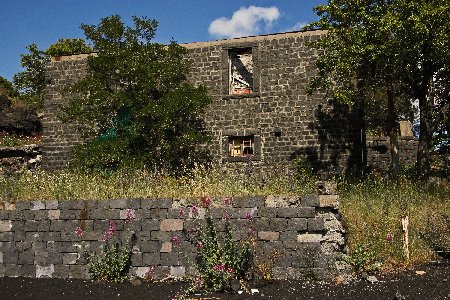 |
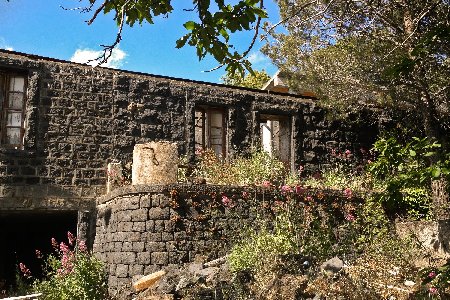 |
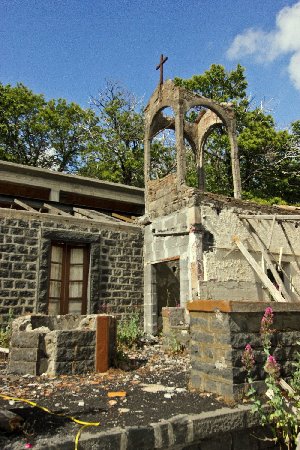 |
On the way
down we stopped to explore this old church.
|
The church
is built with excavated lava rock from the mountain.
|
Not a lot
left now but the damage is mainly from the fires.
|
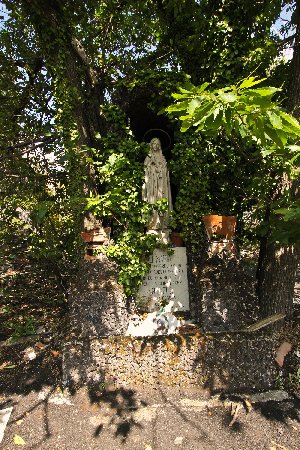 |
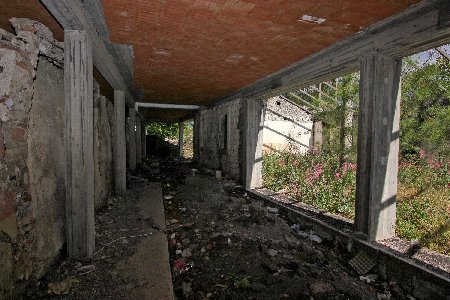 |
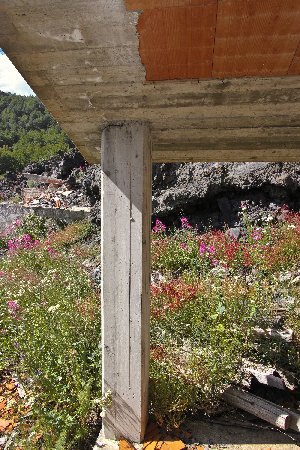 |
A shrine to
the Virgin Mary. She didn't help them much.
|
Again it's
fire damage rather than destruction.
|
The lava
flow passed this building by with only a few metres to spare.
|
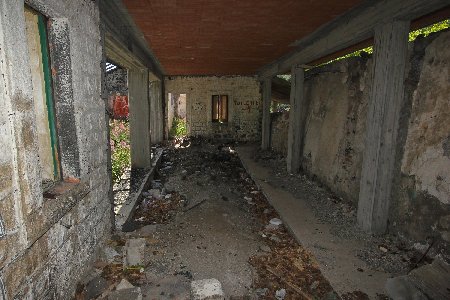 |
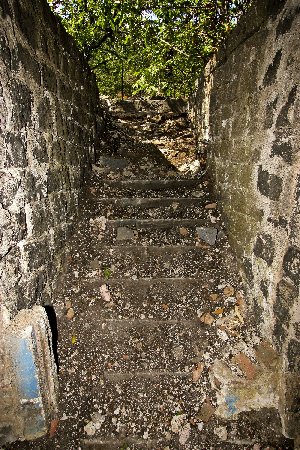 |
 |
There was no
trace of the toilets!
|
Stair porn
Etna style...
|
...and
here's some more!
|
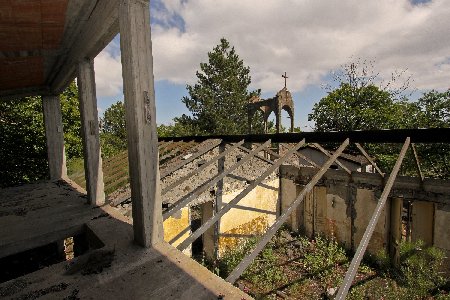 |
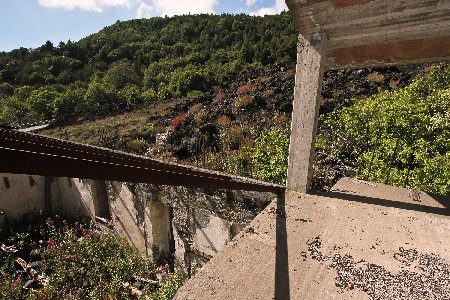 |
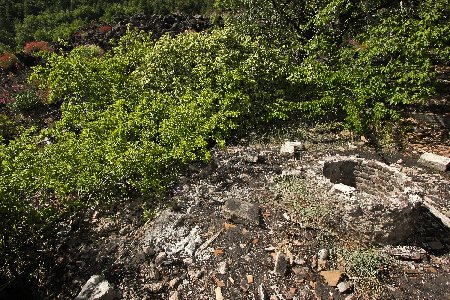 |
|
It's possible the roof
collapsed from the weight of ash and pumice falling on top but it is
far more likely that the roof timbers simply burnt out and the tiles
have been salvaged.
|
The concrete
floors have easily survived.
|
The well.
|
 |
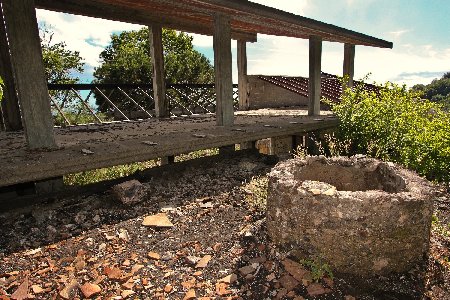 |
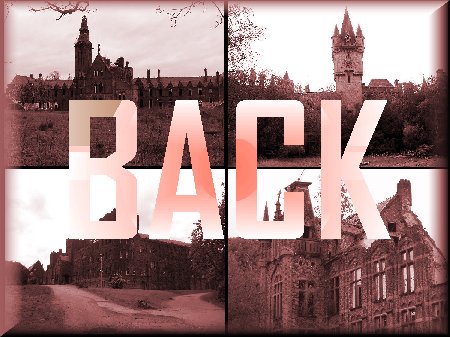
|
Click above to return
to our urb-ex website front page... |
|
The well
still contains fresh water.
|
A last look
at the remains of the church before we leave.
|
|
| |
|
|